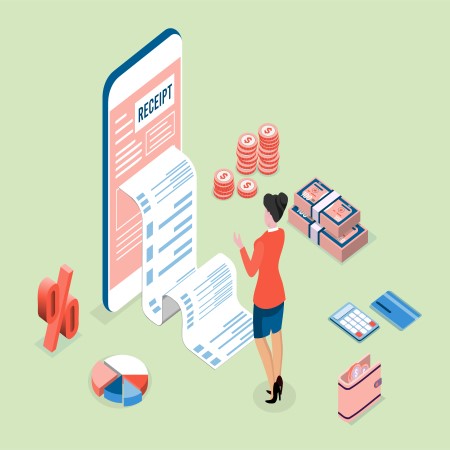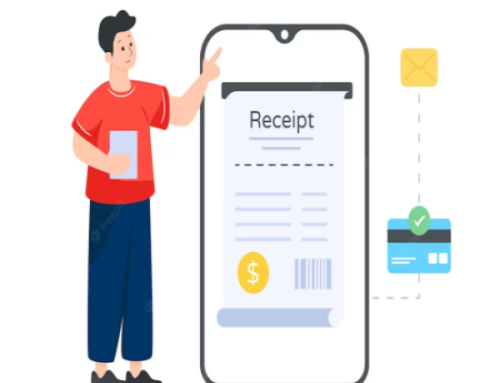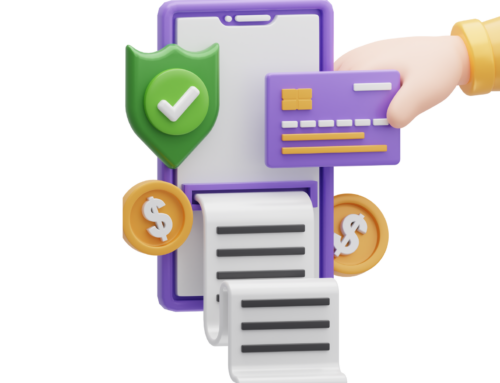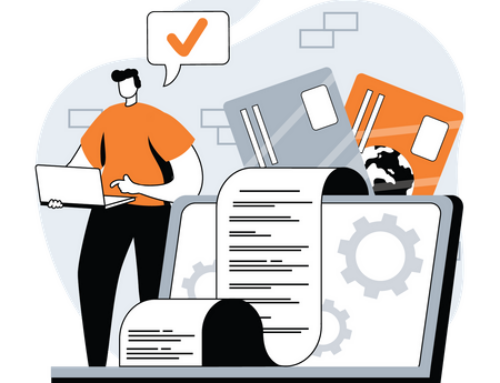The way people and companies handle their spending has been revolutionised by smart receipt software. In addition to digitising and organising receipts, these cutting-edge technologies include a number of capabilities that make expenditure monitoring, classification, and reporting easier. Delve into the behind-the-scenes magic that enables users to effortlessly streamline their financial processes and enhance their productivity with smart receipt applications.
Experience the convenience and efficiency of our innovative technology stack, meticulously designed to deliver a seamless user experience. Explore the intricate workings of our solution and witness firsthand how different technologies harmoniously collaborate to revolutionise expense management.
1. Optical Character Recognition (OCR)
OCR technology powers smart receipt applications. OCR algorithms turn receipt language, whether printed or handwritten, into machine-readable data. The merchant name, transaction date, amount, and other facts may be extracted using this method. OCR eliminates the need for manual data entry in smart receipt systems, saving users time and decreasing human error.
2. Image Processing
Application systems process user-captured receipts to increase quality and readability. Image processing improves receipt readability by increasing brightness, contrast, and sharpness. This method lets OCR extract receipt data under bad illumination or camera inputs.
3. Cloud Computing
Cloud computing scales smart receipt storage and processing. Cloud architecture secures recipet data between devices. Cloud-based systems allow real-time receipt and cost access and user collaboration. The cloud simplifies data backup and recovery, preventing data loss.
4. Machine Learning and AI
ML and AI have boosted smart receipt applications. Apps may develop customised and intelligent features using these technologies. Patterns and human input allow ML systems to tag receipts. AI algorithms may identify recurring expenditures and suggest expense optimisations based on user spending habits, aiding financial decisions.
5. APIs and Backend Systems
Smart receipt communicate with accounting software, expense management systems, and banks. These relationships are made possible through APIs. APIs allow smart receipt apps to synchronise spending data, generate reports, and provide a more comprehensive financial picture across platforms.
6. Mobile Technology
These apps are integrated to smartphone technologies like cameras, GPS, and push alerts. The camera instantaneously captures receipt photos for digitalization. GPS automatically tags receipts with transaction locations. Push alerts remind users to submit costs on time.
Digital Receipt Applications streamline financial processes and cost management with various technologies. These applications digitise receipts, automate expense monitoring, and provide expenditure insights. OCR, image processing, cloud computing, machine learning, and integration enable this. As technology advances, smart receipt software will add features to make personal and commercial spending control easier.
Read More : From Algorithms to Success: The Future Role of AI in Finance Management
Stay Connected!







